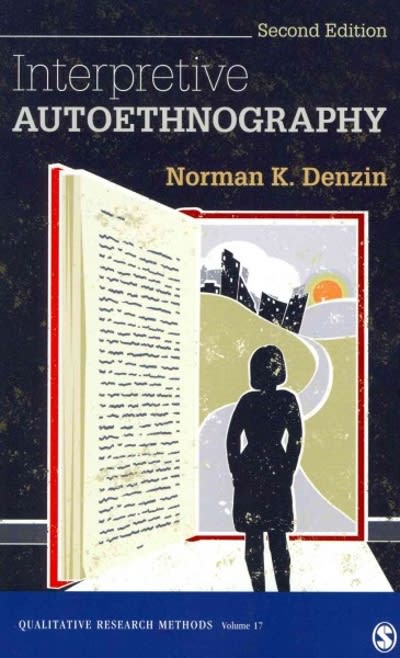Answered step by step
Verified Expert Solution
Question
1 Approved Answer
Question 94 Not yet answered Marked out of In an experiment, the researcher manipulates the variable. variable and measures the Time left 0:45:09 1.00


Question 94 Not yet answered Marked out of In an experiment, the researcher manipulates the variable. variable and measures the Time left 0:45:09 1.00 Amygdala Attention Easily available information Flag question Cerebellum Changing Continuous Dependent Habituation Hippocampus Independent Just as Less More Negatively correlated Perception Peripheral Positively correlated Not correlated Episodic Currently accessed information Hypothalamus Long-term memory Parasympathetic Procedural Semantic Sensory memory Short-term memory Sympathetic Unavailable information Working memory Last saved at 14:21:05 Question 95 Not yet answered Marked out of The Time left 0:44:49 is primarily responsible for regulating our perceptions of, and reactions to, aggression and fear. Amygdala Attention 1.00 Flag question Cerebellum Changing Dependent Habituation Independent Just as Less More Negatively correlated Perception Peripheral Positively correlated Semantic Sensory memory Short-term memory Easily available information Continuous Hippocampus Not correlated Episodic Currently accessed information Hypothalamus Long-term memory Parasympathetic Procedural Sympathetic Unavailable information Working memory
Step by Step Solution
There are 3 Steps involved in it
Step: 1

Get Instant Access to Expert-Tailored Solutions
See step-by-step solutions with expert insights and AI powered tools for academic success
Step: 2

Step: 3

Ace Your Homework with AI
Get the answers you need in no time with our AI-driven, step-by-step assistance
Get Started


